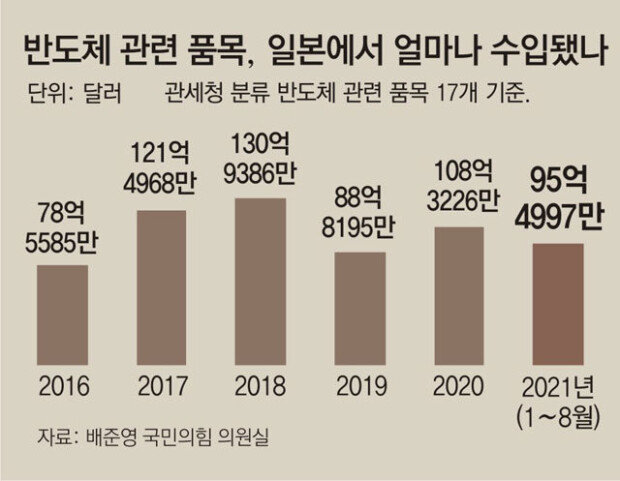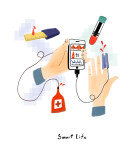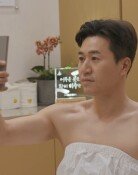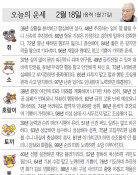Semiconductor parts imports from Japan rise again
Semiconductor parts imports from Japan rise again
Posted October. 04, 2021 07:10,
Updated October. 04, 2021 07:10

Imports of photoresist, one of the three key materials subject to Japan’s export restrictions which started in July 2019, totaled 329.29 million US dollars last year, 22.3% higher from last year. Imports of hydrogen fluoride declined by 73.2% year-on-year while photoresist import value stayed at similar levels.
The surge of such imports last year comes from increased demand for semiconductor products as more people used IT devices for online interactions due to the pandemic. “We are seeing growing imports from Japanese made semiconductor parts as we see better performance at the semiconductor industry. Also, Korean manufacturers’ dependency of Japanese made semiconductors appears to be waning” said an official with the Ministry of Commerce.
The semiconductor industry says that the government’s “strategy to promote Korea’s semiconductor industry” is not being implemented as schedule, when global competition to secure a foothold for supply chain competitiveness remains crucial. Plans to build a semiconductor manufacturing base in Yongin had been scheduled to take place early this year but delayed to March 2022. Many criticize that the execution of the plan had been put on hold due to interest conflicts on land compensation, power and water supply, and lack of administrative action from local governments.
Teuk-Gyo Koo kootg@donga.com
Headline News
- DeepSeek download blocked over transfer of personal data
- Kwon Young-se: Yoon’s resignation not an option, warned about YouTube
- Prosecutors take over probe into Yoon couple’s election interference
- School reopens 7 days after Ha-neul’s death; parents remain anxious
- Saudi Arabia emerges as a mediator, leveraging ties with Trump







